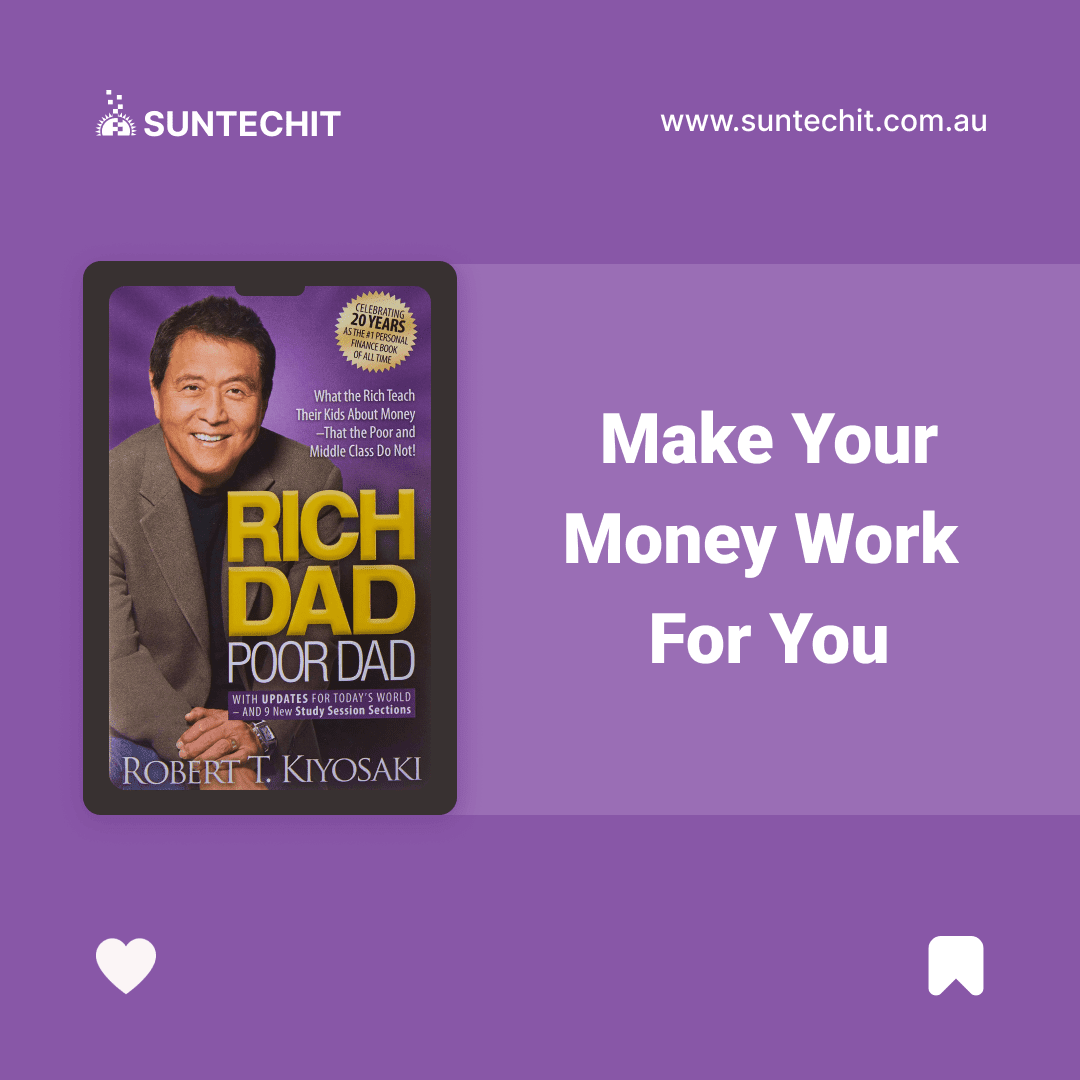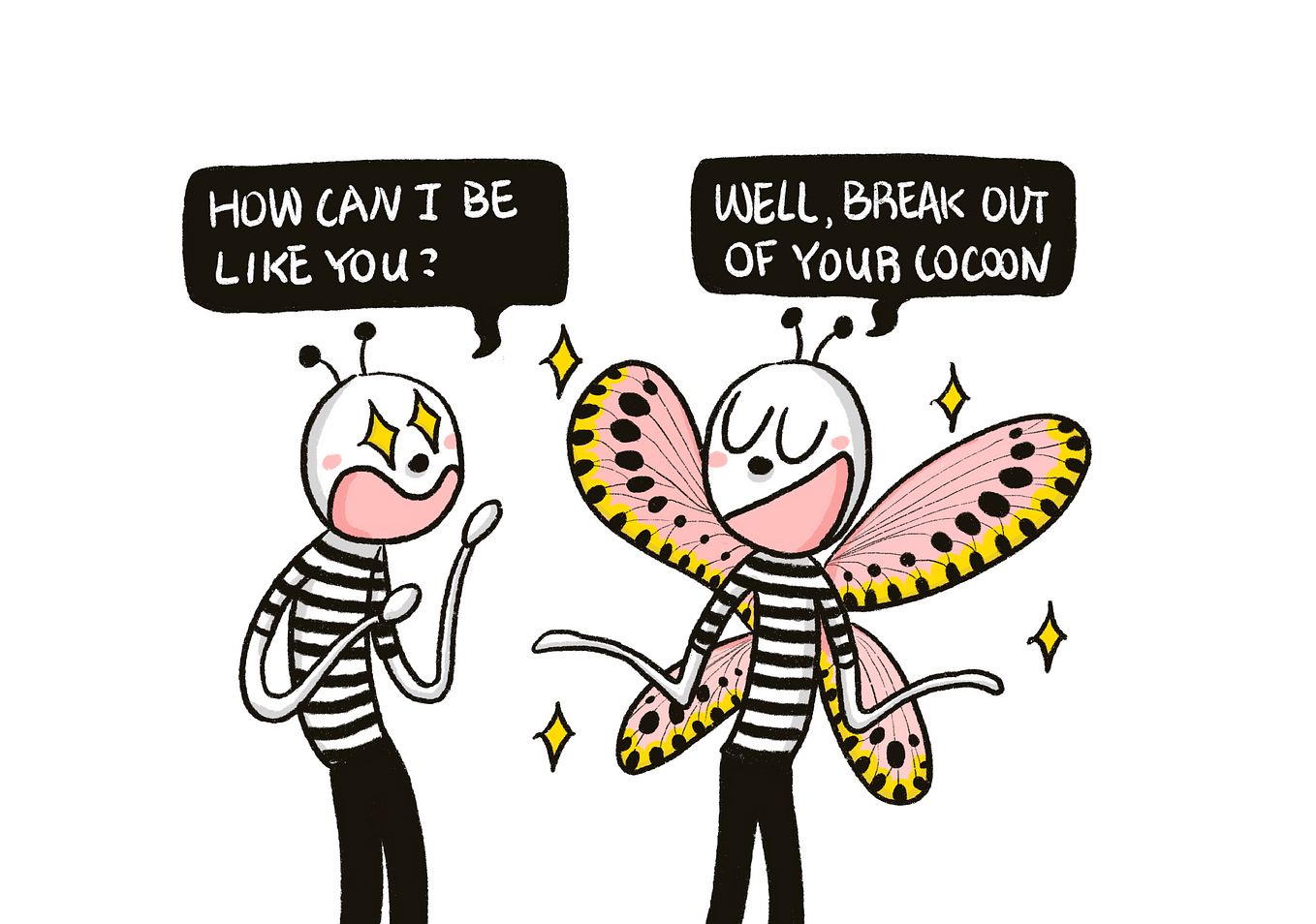The Inspirational Story Behind the Success of Pinterest
Pinterest is the global catalog of ideas. With more than 250 million users worldwide and more than 100 billion recipes, life hacks, design ideas, and fashion inspiration, Pinterest has the largest collection of ideas ever collected.
Through visual displays, pinning, and sharing of products, infographics, or other boards, Pinterest has proved that it is not just another regular social media app but rather a great platform to promote brand awareness.
What is Pinterest?
Pinterest is an online board for cool and exciting things.
Since its launch in 2010, Pinterest has helped millions of people around the world find recipes, decorating ideas, DIY, parenting hacks, style inspiration, and other ideas to try.
Before the invention of Pinterest, people used to read through magazines, cut out their favorite pictures, and then either glue them into scrapbooks or push-pin them to cork boards.
But isn’t it very time-consuming and boring?
An online copy of that is Pinterest. It allows you to quickly gather and save pictures from all over the Internet onto a personal board!
“Our mission is to help people discover the things they love, and inspire them to go do those things in their daily lives.” — Pinterest
Interesting Pinterest Facts:
- Pinterest generates over 400% more revenue per click than Twitter and 27% more than Facebook.
- 79% of Pinterest users are Women.
- 25% of Fortune Global 100 companies have Pinterest accounts.
- As of May 2012, Pinterest referrals account for 17% of social media-driven revenue on Shopify.
How Pinterest Got Started?
The idea for Pinterest emerged from an earlier app created by Ben Silberman and Paul Sciarra called Tote, which served as a virtual replacement for paper catalogs.
Let’s review the key turning points in the invention, development and success of Pinterest.
- Ben Silbermann, Evan Sharp and Paul Sciarra co-founded Pinterest back in March 2010.
- Ben Silbermann is the CEO of Pinterest.
- Both of Ben’s parents are doctors, including his sisters too. Ben said that he always assumed he was also going to be a doctor.
- As a kid, Ben used to admire entrepreneurs like George Eastman, Walt Disney, and Steve Jobs.
- Ben continued down the route of becoming a doctor until his junior year, then he changed his mind and entered into “business.”
- Ben moved to Silicon Valley and he was hired as a customer service representative at Google. “I really, really love the Internet,” he said during his interview.
- Not much had changed between his work and his previous consulting job. He conducted data analysis and provided advice on product design. Lots of spreadsheets again.
- Ben became frustrated because Google would not allow him to create products. He complained a lot.
- Finally, his girlfriend advised him to stop complaining and just go do it.
- Ben says after quitting Google he felt great, but. “A week later, the entire economy collapsed.”
- After leaving Google, Ben started to invent multiple of innovative products such as tools to maintain medical records, but they failed.
- Ben finally teamed up with Paul Sciarra, a college friend who was residing in New York.
- Together, they developed Tote, which they defined as “a catalog that was on the phone.”
“Everything seemed really hard. We couldn’t’ get money. Apps had just been released so the approval process was taking months.”
- After finally receiving a check from an investor, Ben called investors who kept saying no, in his words, “You’re going to miss out, this is the hot deal.” It succeeded.
- Ben and Paul eventually shifted their focus from Tote to Pinterest. Ben stated that has always thought that the things you collect say a lot about your personality. Ben called this childhood bug collection is “Pinterest 1.0.”
- Pinterest couldn’t afford an office at the time, so it got a “tiny house.”
- Visiting a friend in New York, Ben met Evan Sharp. They talked about Pinterest. It appeared that he was the only one who could understand what Ben was saying because most thought Pinterest is also another social media app. But it’s not!
- Eventually, Evan came up with the grid layout for Pinterest.
- They launched the Pinterest as a private beta in March 2010
- Ben sent invitations to all of his Californian pals when Pinterest was launched, but really, nobody got it.
The very first “pin” was posted on the website.
- The first year of Pinterest was really slow. Women gradually came across it, finding recipes and pictures of lovely decorations that could be shared and reposted.
- They began to tell their friends.
- The site continued to grow via word of mouth for the next year.
- All of a sudden. people started using Pinterest in ways the company hadn’t expected.
- Nine months after the launch, the website had 10,000 users.
- Silbermann said that he wrote to the first 5,000 users, providing his phone number and even setting up meetings with some of them.
- Early in March 2011, an iPhone app was launched, it brought in more downloads than expected.
- After that, a Pinterest Mobile app for non-iPhone users and an iPad app were released.
- Until the summer of 2011, Silbermann and a small group of programmers operated the site from a small apartment.
- By July 2011, Pinterest finally reached it’s 1 millionth unique visitor
- Pinterest had 431 million active users at the end of 2021.
- Pinterest increased its revenues by 56% in 2021 to $2.5 billion.
- Net income of Pinterest is US$316.438 Million (Fiscal Year Ended December 31, 2021)
While watching television, Silbermann’s now-wife came up with the name “Pinterest” for the first time. The word combines the ideas of “pin” and “interest.”
Some have called Pinterest the fastest-growing site ever.
Many people are excited by the growth of Pinterest. Pinterest claims to be the next big web thing.
There is Twitter for message posting, Facebook for finding friends, and now Pinterest for image sharing.
eCommerce sites are excited by Pinterest too. They’ve found Pinterest drives more traffic to their sites than YouTube, LinkedIn and Google.
Ben Silbermann Startup Advice
“Don’t take too much advice….Most people generalize whatever they did, and say that was the strategy that made it work…In reality, there’s very little way of knowing how various factors contributed to success or failure”.
You can read more case studies on https://suntechit.com.au/






